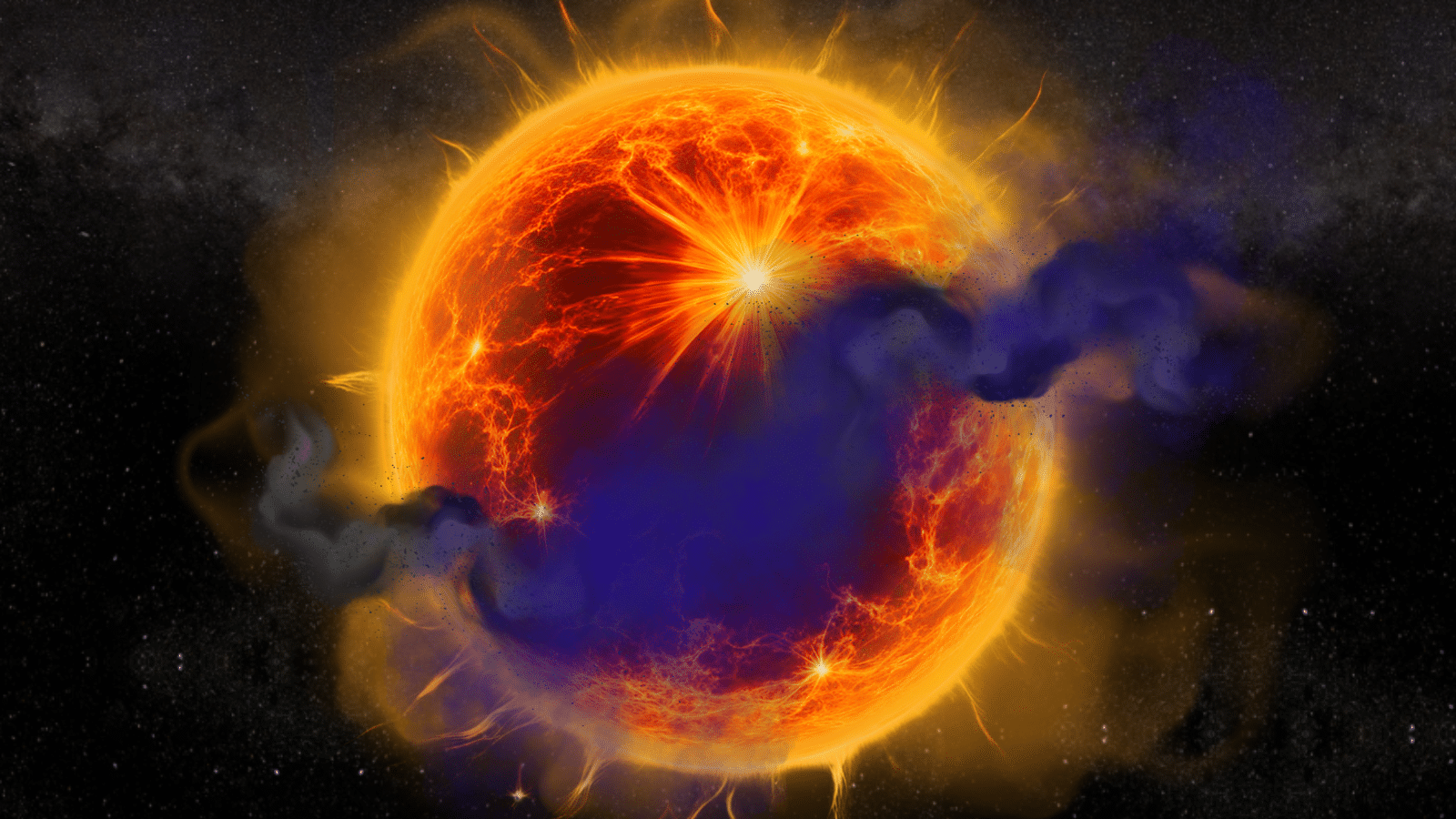Dark Matter May Transform Failed Stars, Say Scientists

Astronomers have put forth a groundbreaking theory suggesting that brown dwarfs, often referred to as “failed stars,” may be powered by dark matter. This mysterious substance, which constitutes about 85 percent of the universe’s matter, does not emit light and interacts solely through gravity. The new hypothesis posits that brown dwarfs, which form like stars but lack sufficient mass for nuclear fusion, could trap dark matter within their cores. When this dark matter annihilates, it releases energy that could heat the brown dwarf, transforming it into a brighter entity known as a “dark dwarf.” The discovery of such objects could provide crucial insights into the elusive nature of dark matter.
Understanding Dark Matter’s Role
The proposed model suggests that dense brown dwarfs located at the centers of galaxies function as gravity wells, drawing in dark matter. Since dark matter interacts only through gravitational forces, it tends to accumulate in galactic cores, where it can be captured by these substellar objects. According to physicist Jeremy Sakstein from the University of Hawai‘i, once dark matter enters a brown dwarf, it can annihilate with itself, releasing energy that subsequently heats the dwarf. The more dark matter a brown dwarf accumulates, the greater its energy output. This phenomenon is contingent upon the nature of dark matter particles; it is effective only if these particles can self-annihilate, as seen with heavier candidates like WIMPs (Weakly Interacting Massive Particles). In contrast, lighter or non-interacting particles, such as axions, would not contribute to the formation of dark dwarfs.
Detecting Dark Dwarfs
Researchers have proposed a method to identify dark dwarfs by examining their chemical signatures. Specifically, dark dwarfs are expected to retain lithium-7, a substance that typical brown dwarfs tend to burn away. The team believes that advanced telescopes, including NASA’s James Webb Space Telescope, may already possess the capability to detect these cool and dim dark dwarfs in proximity to the Milky Way’s center. The successful identification of even a single dark dwarf would strongly indicate that dark matter consists of heavy, self-interacting particles, such as WIMPs, thereby enhancing our understanding of this enigmatic component of the universe.
Related Research and Implications
In addition to the study of dark dwarfs, other researchers are exploring the concept of ancient “dark stars” that are also fueled by dark matter. Astrophysicist Jillian Paulin from Colgate University has coauthored studies on this topic, while physicist Rebecca Leane from SLAC National Accelerator Laboratory and her collaborators have demonstrated that dark matter capture could lead to heating in brown dwarfs and exoplanets, a phenomenon termed “dark kinetic heating.” Collectively, these investigations underscore the potential of even the faintest and most unusual stars to shed light on the nature of dark matter, paving the way for future discoveries in astrophysics.
Observer Voice is the one stop site for National, International news, Sports, Editor’s Choice, Art/culture contents, Quotes and much more. We also cover historical contents. Historical contents includes World History, Indian History, and what happened today. The website also covers Entertainment across the India and World.

